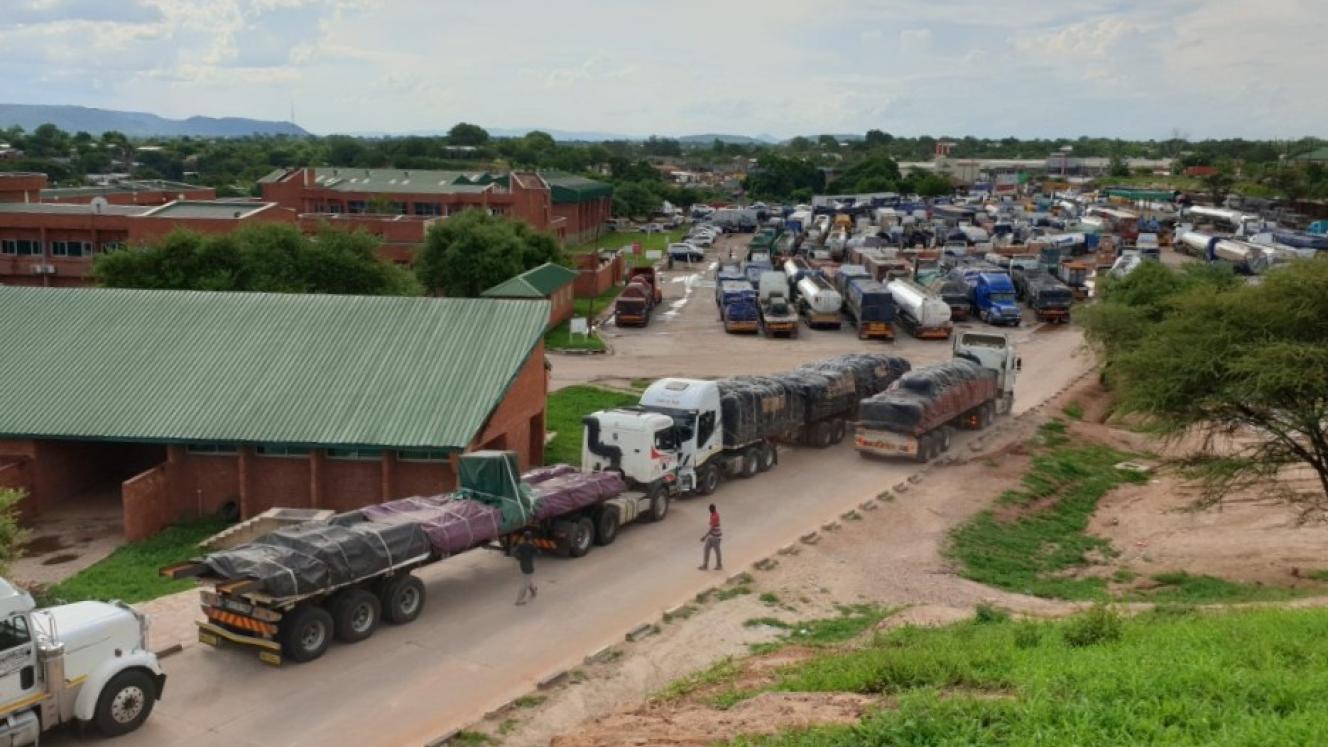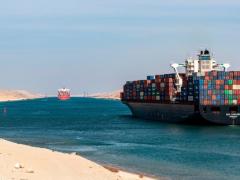Demand for multipurpose and breakbulk vessels has slowed down significantly in the past few years.According to Susan Oatway, senior analyst, multipurpose and breakbulk shipping at Drewry, this is of concern considering the ageing f leet.“The overall growth in effective demand for the multipurpose vessel (MPV) and heavy load f leets has been slow over the medium term. Project carriers with lift capability over 100t SWL are among the most modern vessels in the f leet, although there has been more interest in vessels with a lift capability of more than 250t SWL over the last few years,” she said. “There has been some concern in the level of average tonnage in the MPV f leet as more than 60% of the total f leet is older than 15 years. For vessels with lift capability of only 100t SWL, the average vessel age is already 20 years. For project carriers and heavy-lift vessels, the average age is around 16 years.She said tracking the demand on a graph showed some bulges of new-build deliveries during the 2007 to 2013 period, but it also highlighted the lack of delivery of new vessels over the past three years, particularly in the project carrier and heavy-lift sector. “When it comes to vessels with lift capability over 250t SWL, there are very few new builds happening. This means the current order book is comparable to less than 4% of the operating f leet. Less than half a million deadweight in total was added in 2021.”She stressed that the sector remained underfunded in terms of new building development and investment. “The issues are compounded in that new building slots at yards are still at a premium as the yards are full of container tonnage.”She said over the short term the outlook remained exceptionally weak, but new builds were expected to pick up marginally after 2023, but this would depend on space availability.“New builds are going to be necessary especially as the need for more eco-conscious vessels becomes more pressing going forward.”Oatway said no heavy-lift capable vessels had been scrapped during 2021, but the numbers were expected to rise later this year as the current charter market started to weaken and then as the regulations around decarbonisation started to take effect.“Demolition levels are at the lowest point for the past ten years, but we forecast an increase in demolitions as the need for more environmentally efficient tonnage rises.“The total MPV f leet is expected to grow by just 0.3% CAGR between 2021 and 2023. Due to the lack of demolition, the f leet grew ever so slightly during the past year, a trend that will continue in 2022 before weakening again in 2023.”According to Oatway, the biggest risk facing the MPV and heavy-lift sector remains the reduced economic confidence and increased economic uncertainty.“There is at present very little upside potential. A ceasefire and withdrawal from Russia from Ukraine could bring the downside closer to the base, but this is highly unlikely in the short term. A protracted conf lict will lead to harsher sanctions further impacting economic confidence and commodity prices which ultimately will mean less investment into new projects. Weaker demands, on the other hand, mean more competition for cargo, further reducing the optimism for this sector.”












